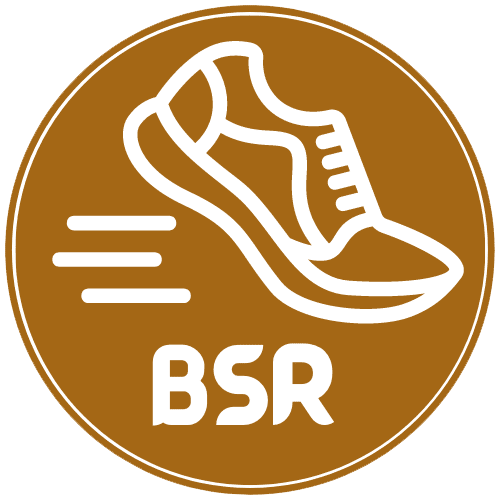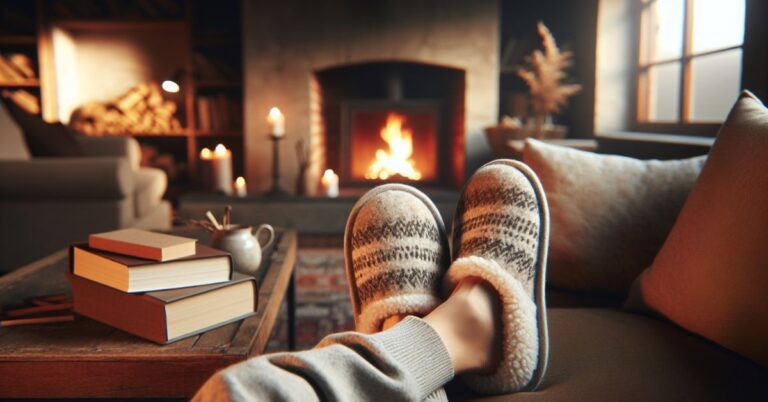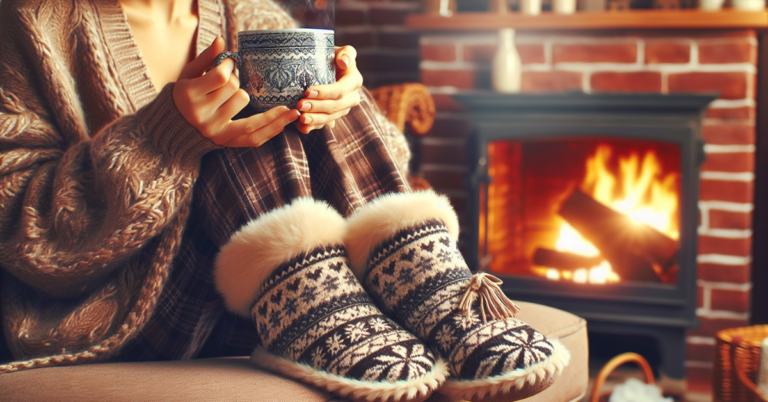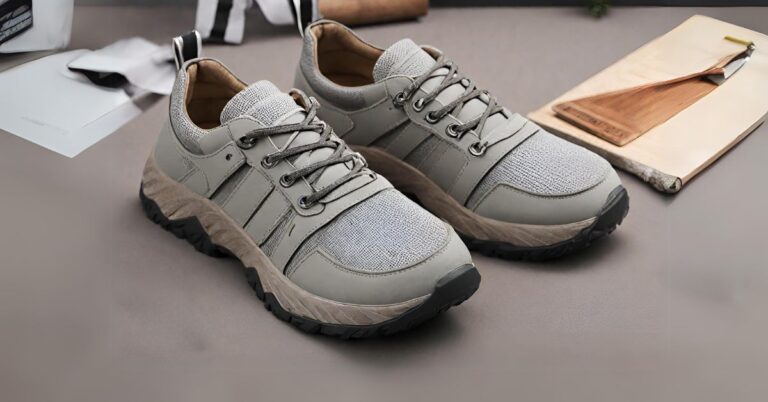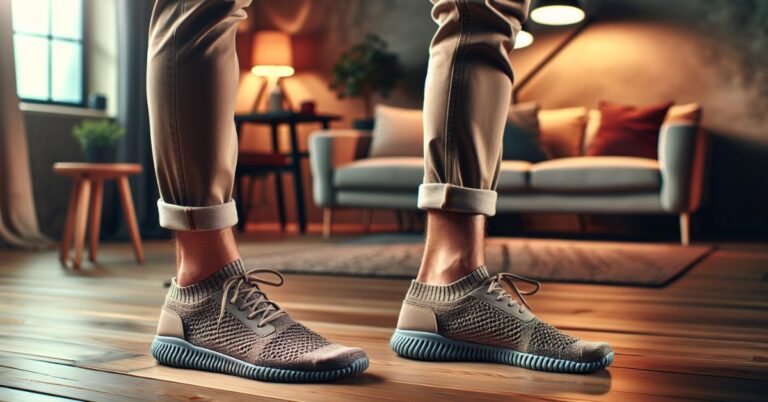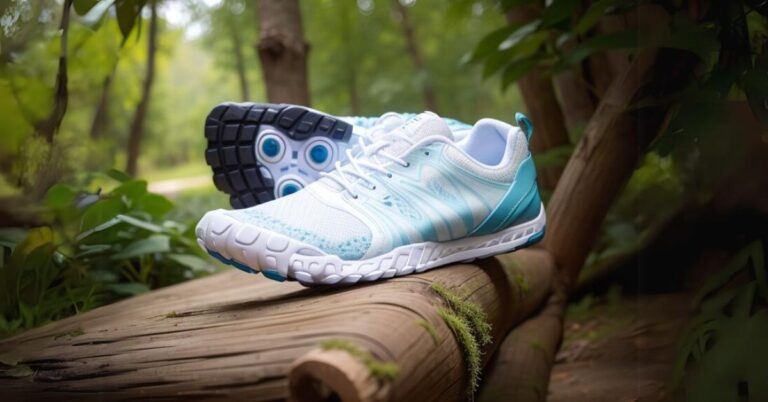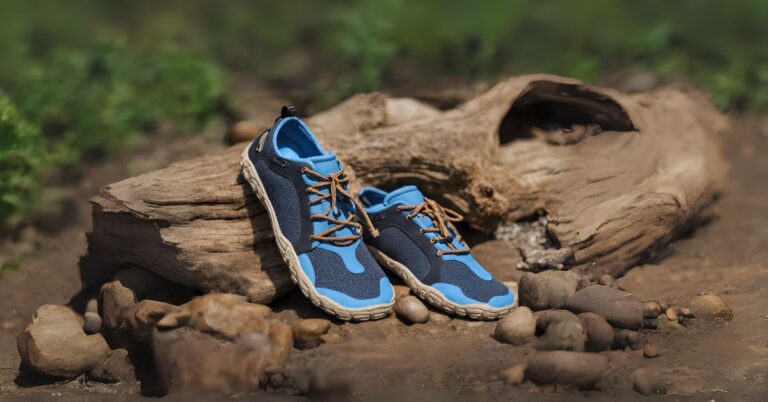What’s the Best Shoe Material for Rain?
When it comes to rainy weather, finding the right pair of shoes can be a challenge. You want something that will keep your feet dry and comfortable, but also stylish. The key to finding the best shoe material for rain is understanding the properties of different materials and how they perform in wet conditions.
Why choosing the right shoe material for rainy weather is crucial
- Waterproofing: The most important factor in selecting a shoe for rain is its ability to keep water out. Look for materials such as rubber, neoprene, or Gore-Tex that are known for their waterproof properties. These materials create a barrier that prevents water from seeping into the shoe and keeping your feet dry.
- Traction: Wet surfaces can be slippery, so it’s essential to choose a shoe material that provides good traction. Look for shoes with rubber or non-slip outsoles that offer grip on wet surfaces. This will help prevent slips and falls, keeping you safe and stable.
- Breathability: While it’s important to keep water out, you also want your shoes to be breathable to prevent your feet from getting sweaty and uncomfortable. Look for materials that allow air circulation, such as mesh or perforated fabrics, which help to wick away moisture and keep your feet dry.
- Durability: Rainy weather can be harsh on shoes, so choosing a material that is durable and can withstand wet conditions is essential. Look for materials like leather or synthetic leather that are known for their durability and ability to withstand moisture without losing their shape or integrity.
Rubber shoes for rainy conditions
When it comes to choosing the best shoe material for rainy weather, rubber is often the top choice. Rubber shoes are designed to withstand wet conditions and provide excellent protection for your feet. Let’s take a closer look at the advantages and disadvantages of rubber shoes for rain.
Advantages
- Waterproof: Rubber shoes are highly resistant to water, making them ideal for rainy days. They keep your feet dry and protected from moisture, preventing discomfort and potential health issues.
- Slip-resistant: Rubber soles offer great traction, reducing the risk of slipping on wet surfaces. This makes rubber shoes a safe option for navigating slippery sidewalks or wet pavements during rainy weather.
- Durable: Rubber is a durable material that can withstand wear and tear, making rubber shoes long-lasting. They are designed to withstand exposure to water and other harsh elements, ensuring they remain in good condition even after prolonged use.
Disadvantages
- Lack of breathability: Rubber shoes are not known for their breathability. They can trap heat and moisture inside, leading to sweaty feet and potential discomfort during prolonged wear.
- Less flexibility: Rubber shoes tend to be less flexible compared to other materials like leather or fabric. This can affect the overall comfort and range of motion of your feet while walking or running.
- Heavier: Rubber shoes are generally heavier than other types of footwear. While this can provide stability and support, it may also feel cumbersome for some individuals, especially during long walks or activities that require agility.
In conclusion, rubber shoes are an excellent choice for rainy weather due to their waterproof nature, slip-resistant soles, and durability. However, they may lack breathability, have less flexibility, and be heavier compared to other shoe materials. Consider these factors when deciding on the best shoe material for rainy conditions.
PVC (Polyvinyl Chloride) shoes and their suitability for rainy conditions
When it comes to finding the best shoe material for rainy weather, PVC (Polyvinyl Chloride) is a popular choice. PVC shoes are known for their durability and waterproof properties, making them an excellent option for protecting your feet from the rain.
One of the main advantages of PVC shoes is their ability to keep your feet dry. The material used in PVC shoes is impermeable to water, preventing any moisture from seeping through and keeping your feet comfortable and dry even in heavy rain.
PVC shoes are also highly durable, making them suitable for long-term use. The material is resistant to wear and tear, ensuring that your shoes can withstand the harsh conditions often associated with rainy weather. This durability makes PVC shoes a cost-effective investment as they can last for a long time without losing their functionality.
Another benefit of PVC shoes is their easy maintenance. Unlike some other shoe materials, PVC shoes can be easily cleaned with a damp cloth, allowing you to quickly remove any dirt or mud that may accumulate during rainy conditions.
It’s important to note that while PVC shoes provide excellent protection against rain, they may not offer the same level of breathability as other materials. This can lead to potential discomfort if worn for extended periods in hot and humid conditions.
In conclusion, PVC shoes are a great choice for rainy weather due to their waterproof properties, durability, and easy maintenance. However, it’s essential to consider factors such as breathability when selecting the best shoe material for your specific needs.
Exploring the features and benefits of Gore-Tex shoes for rainy weather
When it comes to finding the best shoe material for rainy weather, Gore-Tex is a name that often comes up. This innovative material has become a popular choice among outdoor enthusiasts and urban dwellers alike. Let’s take a closer look at why Gore-Tex shoes are highly recommended for rainy conditions.
Gore-Tex is a waterproof and breathable fabric that is designed to keep your feet dry and comfortable in wet conditions. It consists of a thin membrane with microscopic pores that are smaller than water droplets, preventing them from entering the shoe while allowing moisture vapor to escape. This means that your feet stay dry even in heavy rain, while still allowing them to breathe.
One of the key benefits of Gore-Tex shoes is their durability. The material is known for its resistance to wear and tear, making it ideal for outdoor activities such as hiking or running in wet conditions. Additionally, Gore-Tex shoes are often treated with durable water repellent (DWR) coatings, which further enhance their waterproof properties.
Another advantage of Gore-Tex shoes is their versatility. They are available in various styles, including hiking boots, sneakers, and even dress shoes. This means that you can find a pair of Gore-Tex shoes that suits your style and needs, whether you’re exploring the great outdoors or navigating the city streets during a downpour.
In summary, Gore-Tex shoes offer a combination of waterproofness, breathability, durability, and versatility that make them an excellent choice for rainy weather. Investing in a pair of Gore-Tex shoes will ensure that your feet stay dry and comfortable no matter how wet the conditions may be.
Neoprene shoes and their effectiveness in keeping feet dry during rain
When it comes to finding the best shoe material for rainy weather, neoprene is a top contender. Neoprene is a synthetic rubber that is known for its excellent water resistance and durability. It is commonly used in wetsuits and other water sports gear due to its ability to provide insulation and keep the body warm even when wet.
One of the main advantages of neoprene shoes is their ability to keep your feet dry during rain. The material is naturally waterproof, meaning that it repels water and prevents it from seeping into the shoe. This makes neoprene shoes an ideal choice for those who frequently find themselves walking or working in wet conditions.
In addition to its water resistance, neoprene is also highly flexible and comfortable to wear. It conforms to the shape of your foot, providing a snug fit that allows for natural movement. This makes neoprene shoes suitable for various activities, including walking, running, and outdoor sports.
Another benefit of neoprene shoes is their durability. The material is resistant to wear and tear, making it long-lasting and able to withstand harsh weather conditions. This means that investing in a pair of neoprene shoes can provide you with reliable protection against rain for an extended period.
Overall, neoprene shoes are an excellent choice for keeping your feet dry during rainy weather. Their water resistance, flexibility, comfort, and durability make them a reliable option for anyone looking to stay comfortable and protected in wet conditions. So, if you’re tired of soggy socks and uncomfortable walks in the rain, consider investing in a pair of neoprene shoes for your next rainy day adventure.
Leather shoes for rainy days
Leather is a popular shoe material known for its durability and classic appeal. But is it the best choice for rainy days? Let’s find out.
When choosing leather shoes for rainy weather, it’s important to consider the type of leather. Full-grain leather is the most durable and water-resistant option, as it retains its natural oils and has a tight grain structure. Top-grain leather is also a good choice, but it may require more maintenance to keep it water-resistant.
To make your leather shoes more resistant to rain, you can apply a waterproofing spray or wax. This will create a protective barrier that repels water and prevents it from seeping into the leather. Be sure to follow the manufacturer’s instructions when applying these products.
In addition to waterproofing, proper maintenance is crucial for keeping your leather shoes in good condition. After wearing them in the rain, allow them to air dry naturally away from direct heat sources. Once dry, use a soft brush or cloth to remove any dirt or stains. Regularly conditioning your leather shoes with a leather conditioner will also help keep them supple and prevent cracking.
It’s worth noting that no shoe material is completely waterproof, and prolonged exposure to rain can still damage leather over time. If you frequently encounter heavy rain or wet conditions, consider investing in a pair of waterproof boots or shoes made from materials like rubber or synthetic fabrics.
In conclusion, while leather shoes can withstand light rain with proper care and maintenance, they may not be the best choice for heavy downpours. Consider the type of leather, apply waterproofing products, and take proper care of your shoes to extend their lifespan in wet weather conditions.
Are synthetic materials a good choice for rainy weather?
When it comes to choosing the best shoe material for rainy weather, synthetic materials are often a popular choice. These materials are man-made and designed to be water-resistant or waterproof, making them a practical option for keeping your feet dry and comfortable in wet conditions. However, like any other material, synthetic materials have their pros and cons.
One of the main advantages of synthetic materials is their ability to repel water. They are often treated with special coatings or laminates that create a barrier against moisture, preventing it from seeping into the shoe. This means that even if you step in a puddle or walk in the rain, your feet are less likely to get wet.
Another benefit of synthetic materials is their durability. They are generally more resistant to wear and tear compared to natural materials like leather. This makes them a great choice for rainy weather, as they can withstand the elements without deteriorating quickly.
However, there are also some drawbacks to consider. Synthetic materials may not be as breathable as natural materials, which can lead to sweaty and uncomfortable feet. Additionally, some synthetic materials may not provide the same level of comfort and flexibility as natural materials.
In conclusion, synthetic materials can be a good choice for rainy weather due to their water-resistant properties and durability. However, it’s important to consider factors such as breathability and comfort when making your decision. Ultimately, finding the best shoe material for rainy weather depends on your personal preferences and needs.
Conclusion
When it comes to selecting the best shoe material for rain, there are a few key factors to consider. By taking these factors into account, you can ensure that your feet stay dry and comfortable, even in wet weather conditions.
Common questions and answers about shoe materials for rainy conditions.
When it comes to choosing the best shoe material for rainy weather, there are a few factors to consider. It’s important to find a material that is both waterproof and durable, while also providing comfort and traction. Here are some common questions and answers to help you make an informed decision.
Q: What is the best shoe material for rain?
A: One of the most popular materials for rainy conditions is rubber. Rubber shoes, such as rain boots or waterproof sneakers, offer excellent waterproofing and durability. They are also easy to clean and maintain.
Q: Are leather shoes suitable for rainy weather?
A: While leather shoes are not inherently waterproof, they can be treated with a water-resistant spray or wax to provide some protection against rain. However, it’s important to note that leather shoes may require more care and maintenance in wet conditions.
Q: What about synthetic materials like nylon or polyester?A: Synthetic materials like nylon or polyester can be a good choice for rainy weather. These materials are often treated with water-repellent coatings, making them resistant to water penetration. However, it’s important to ensure that the shoes have proper ventilation to prevent moisture buildup inside.
Q: Are there any specific features to look for in rain shoes?A: When choosing shoes for rainy weather, look for features such as sealed seams, waterproof linings, and slip-resistant soles. These features will help keep your feet dry and provide traction on wet surfaces.
Remember, finding the best shoe material for rain depends on your specific needs and preferences. Consider factors such as comfort, style, and the intensity of rainfall in your area. By selecting the right shoe material, you can keep your feet dry and protected during rainy weather.
